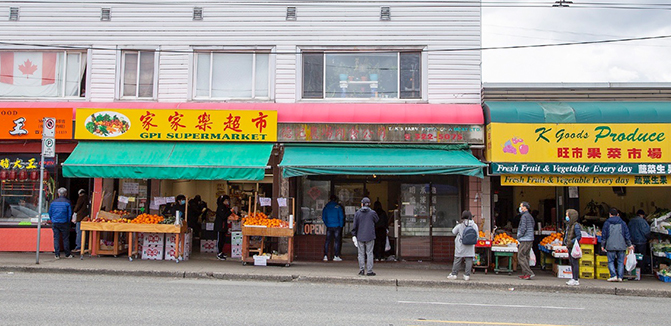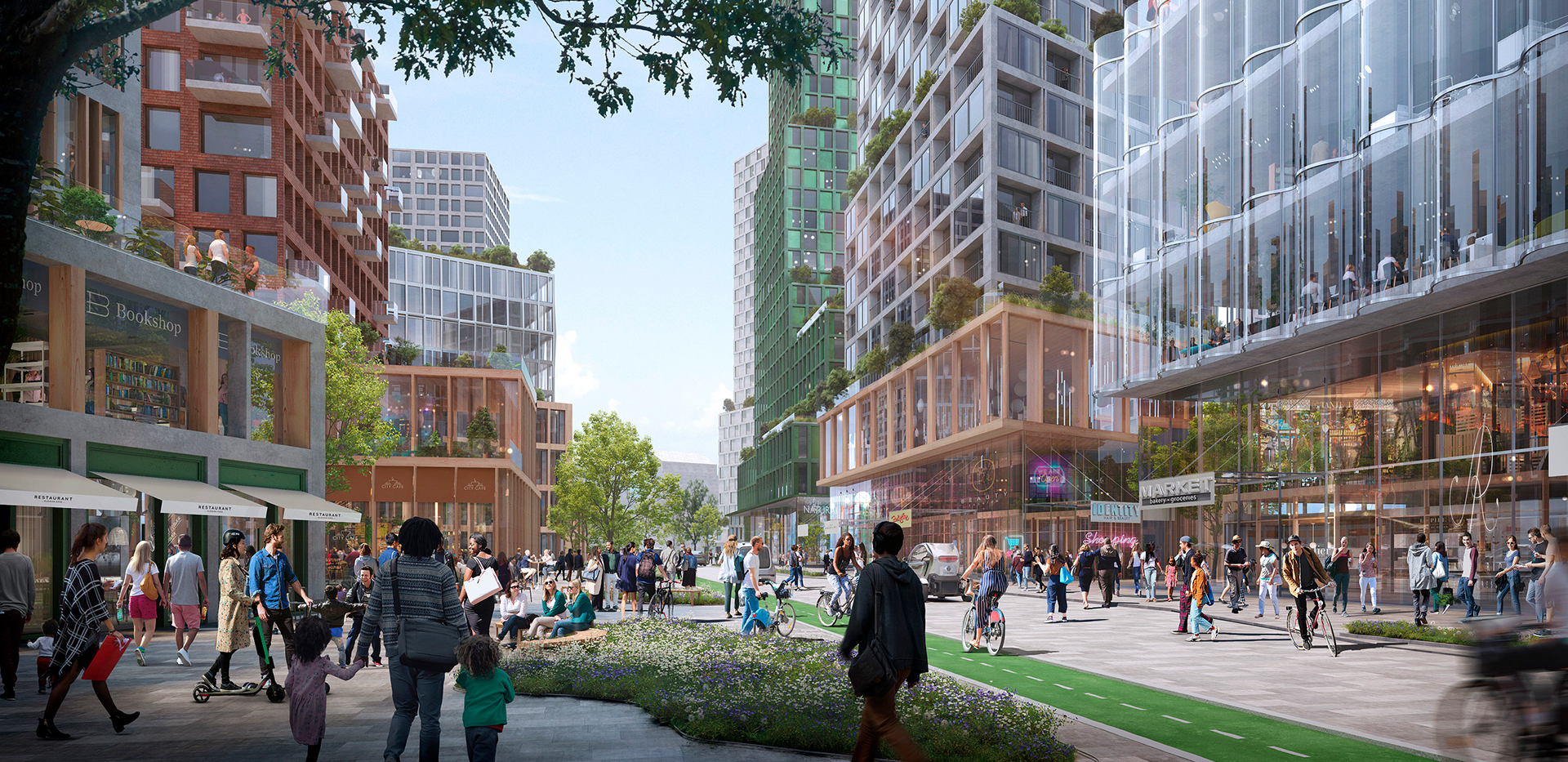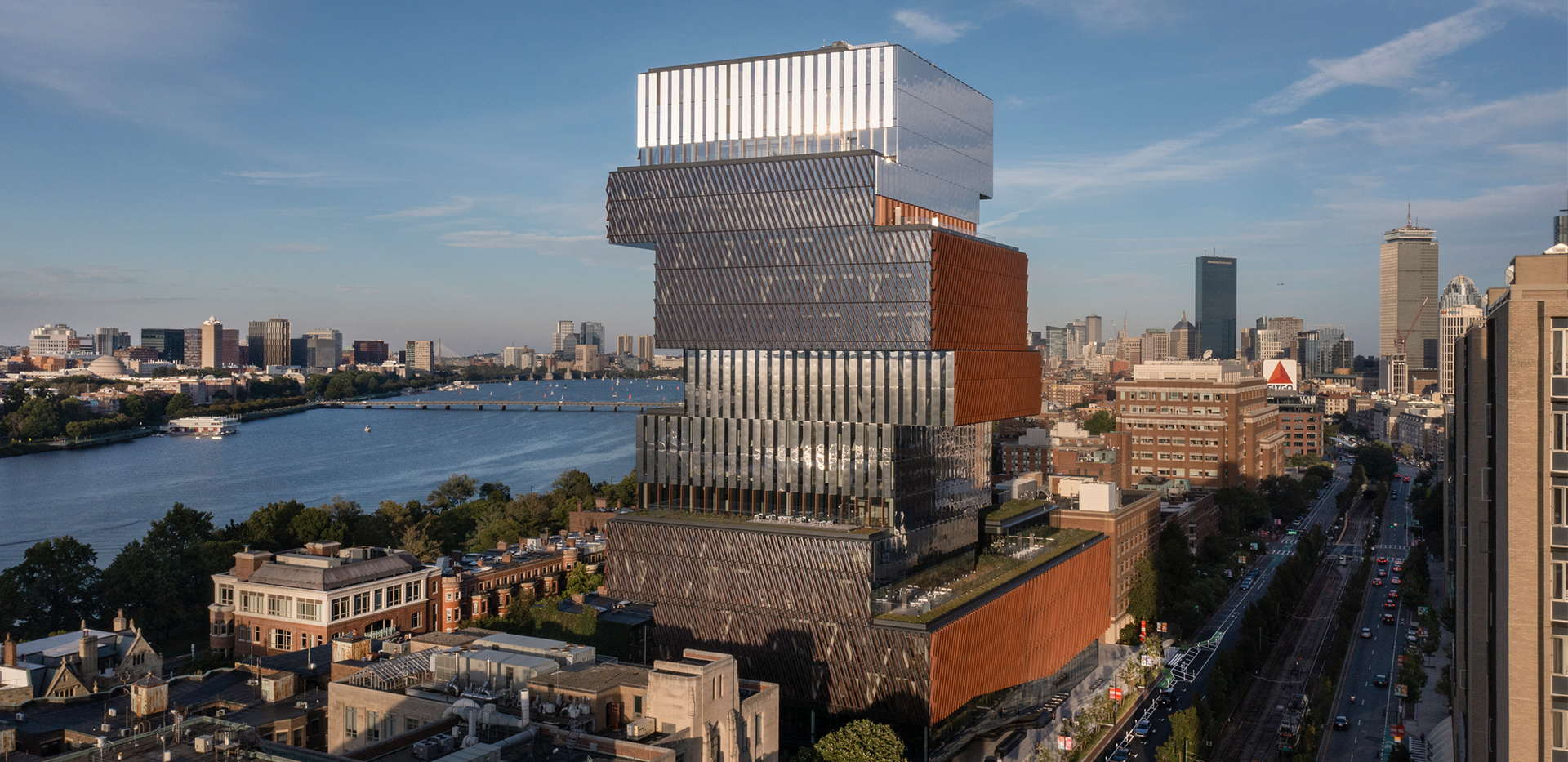Canadian Architect: Epidemics, architecture and city-building by Shirley Blumberg

Article content
June 8, 2020
Click here to view Canadian Architect
by Shirley Blumberg
Throughout history, disease and urban life are bound together, and together they’ve had a profound impact on the design of cities.
In the 19th century, the belief that malaria and cholera were caused by a lack of fresh air was the inspiration for Frederick Law Olmsted’s Central Park in New York City and Boston’s Emerald Necklace. Olmsted described Central Park as “the lungs of the city” and advocated for the construction of parks because they provided pleasure and a significant public health benefit.
Cities inherently create population density, which of course enables the spread of disease. In response to cholera, London and Paris both built modern sewer and sanitation systems in the 19th century. In Paris, a six-month outbreak in 1832 precipitated not only the construction of that underground sewer system, but also new, wider streets and sidewalks, parks and squares. In 1853 Baron Haussmann was appointed by Napoleon lll to essentially renovate and reimagine Paris through a vast public works program that brought light and air into the city centre. Unsanitary and overcrowded medieval neighbourhoods that were riddled with disease, crime and civil unrest were summarily demolished.
Recently, Parisian Mayor Anne Hidalgo launched a 15-minute city plan, proposing that each resident would have most city amenities available within a 15-minute walk in their neighbourhood. Her initiative is an echo of Haussmann’s stated goal more than a century and a half ago: to create a park in each of the city’s then eighty neighbourhoods to ensure that no citizen was more than ten minutes’ walk from nature.
Tuberculosis (TB) was another epidemic with a profound architectural impact. During the 19th century, one in seven people was dying from TB globally; in a large metropolis such as Paris, that number rose to almost one in three. After the First World War, illness modernized architecture. TB was one of its drivers, inspiring architects to eschew ornamentation, and bring fresh air, sunlight and connection to nature into their buildings. Modernist architecture essentially integrated form with social purpose to create a curative environment.
Until the development of antibiotics midway through the 20th century, treatment for tuberculosis was largely environmental: fresh air, sunlight, rest and nourishing food. The design of sanitoria required certain medical protocols that became prerequisite design features: larger expanses of windows for fresh air, light, a connection to nature, balconies and terraces for sunbathing, and recliner chairs for patients to use on those balconies. New technologies developed new materials such as reinforced concrete and steel frame construction, which were well suited to the production of more hygienic buildings.
Alvar and Aino Aalto designed the famous Paimio Sanitarium, and in addition the chairs and recliners for its patients. That furniture soon became signatures of modern domestic interiors.
Beatriz Colomina, professor in architectural history at Princeton University summed it up succinctly: “Tuberculosis helped make modern architecture modern.”
With coronavirus, we find ourselves at the intersection of urban design and public health. Coronavirus has tragically emphasized that we are all one global community, and we are only as strong as our weakest link. I find it interesting that Alvar Aalto’s belief was that we should always design for the person in the weakest position. He believed if we did that, everyone else would be fine. This resonates most poignantly, as we consider how to redesign long-term care environments for our elderly following the dreadful toll this virus has taken. Like epidemics before COVID-19, this pandemic has had a devastating impact on the poorest neighbourhoods in cities around the world. We can no longer escape the obvious and urgent need to provide affordable housing for all. Globally, this is our weakest link.
In addition, the necessity of social distancing has demonstrated the insufficiencies in the design of our public realm. Narrow sidewalks, too many streets given over to cars, not enough public space and parks to gather safely. The historic reliance on automobiles will be reduced by better transit, walkable and complete communities that make pedestrian and cyclist travel a priority; not something which is squeezed in at the side of the road, if at all. Many cities are already converting streets to pedestrian areas and building more extensive cycling networks.
In an unexpected byproduct of the pandemic, the virus has revealed the significant and positive impact on the quality of our natural environment when the use of fossil fuels is decreased. This is what life would be like if we were to dramatically reduce the use of oil and gas, and to accelerate the conversion to renewable green energy. We have an urgent responsibility as architects to design buildings that substantially reduce energy use and eliminate the greenhouse gas emissions that are pushing global warming to alarming levels. And, with the same urgency, we must be accountable for designing healthy buildings to enhance and sustain our collective quality of life.
But before we ask how this pandemic will redefine our cities, we should ask if and how coronavirus has redefined our humanity.
Place this pandemic alongside climate change, pollution, inequity and our surveillance culture, and once again architects and city planners are called upon to respond to urgent societal challenges. Under pressure from this existential threat to humankind, tectonic shifts in our design culture are already underway.
Related News
Downsview Framework Plan wins National Urban Design Award
April 17, 2024
)
)
)